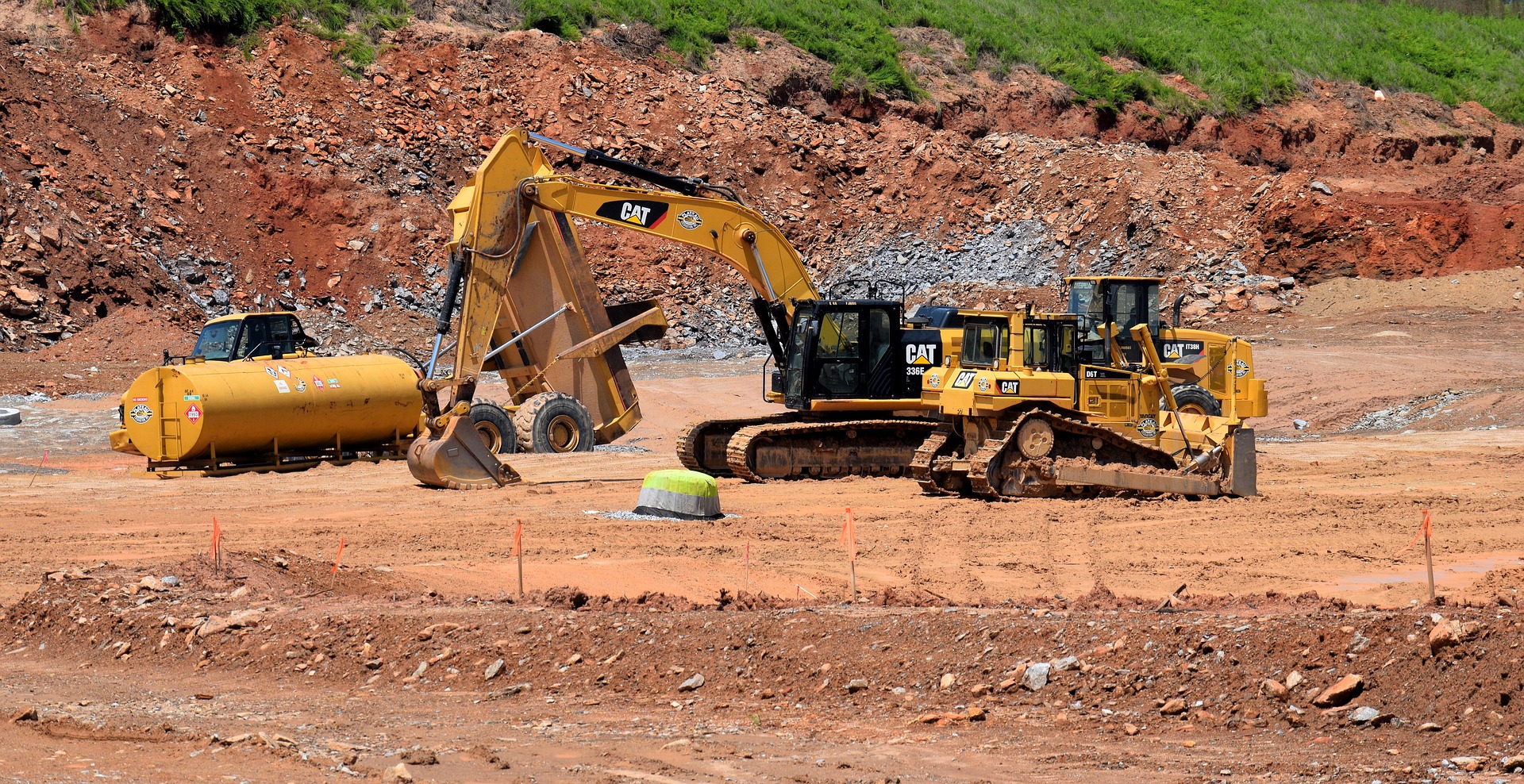Operational System Design and Establishment for Daily, Seasonal and Annual Snow and Glacier Monitoring
Funding Agency: Government of Nepal
Client: Department of Hydrology and Meteorology, Nepal
Date: August 2021 – February 2024
Department of Hydrology and Meteorology (DHM) currently operates 201 hydrometric stations of which 104 stations are automatic and the rest are manual stations. Among them, some of the manual stations have crest-stage gauges and water level recorders, automatic have radar level send or and bubbler sensors measure water level fluctuations in the river. The DHM has planned to prepare station inventory for the major stations which will include the cross-section properties at two or more sections so that adequate information would be available for the extrapolation of the rating curve. To meet this target, DHM has allocated a budget to prepare a Cross-Section Survey and Intensive Flow Measurement at Hydrological Stations.
Description of actual services
provided by your staff within the assignment:
The services carried out during the contract period are as follows:
A) Discharge Measurement:
The overall scope of work is to extensively measure the flow of specified hydrometric stations during low flow (Dec-May), medium flow (Oct-Nov), and High Now (Jul-Sept), Cross section survey as well as flow measurements shall be carried out during low flow season (Mar Apr). It shall be confirmed that
· Preliminary field survey shall be done during low flow season to confirm
· The computation of discharge shall be produced in a prescribed format by DHM.
B) Cross-section Survey and Estimate Peak Flood
The main purpose of a cross-section survey is to carry out bathymetry of the river and cross-section survey across the bathymetry section covering the highest flood level from the history and past year's maximum flood level in order to estimate the flow for the extreme floods. The scope of work is defined as enlisted below.
- Prepare a site plan of the stream gauging station showing the staff gauge site, cableway site, discharge measurement site, survey section, bridges, and other important features.
- Measure the Latitude, Longitude, and Elevation of the station (at benchmark) in MSL and link it with the existing staff gauge.
- Arbitrary BM shall be established in the vicinity of the gauge station at the permanent structure where staff gauge is not available during the survey
- Take a photograph of the station showing location, staff gauges, gauge house, cableway, arbitrary BM if any, river bed, and other features.
- Take 2 (two) no. of discharge measurements in the vicinity of the gauging site with the standard calibrated current meter.
- Compute Manning's n from the measured discharges.
- Compute Cross-section area (A), Wetted perimeter (P), Hydraulic radius (R), and Discharge (Q) at every 0.2 m water level rise up to 5m above the Highest Flood Level (HEL) with table format as described in Appendix-1.
- Prepare a plot of water level (H) vs. AR2/3 and H vs. AR1/2.
- Prepare a plot of the stage-discharge curve (rating curve) from the table of Appendix 1
- Prepare records including all the above-mentioned things as well as information on equipment observer and the history of the station. - Appendix-2.
 info@tms.com.np
info@tms.com.np  977-1-4539182, 4535745
977-1-4539182, 4535745  Hattisar, Kathmandu, Nepal
Hattisar, Kathmandu, Nepal 
